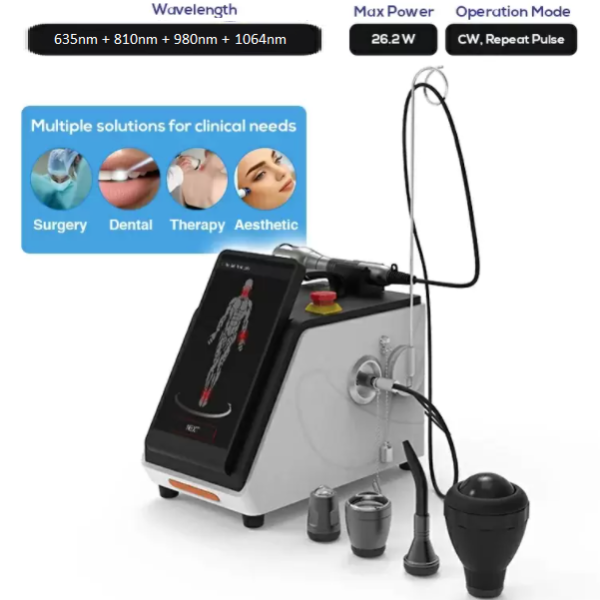A spider angioma, also known as a spider nevus (plural: spider naevi), or nevus araneus, is a kind of telangiectasis (swollen, spider-like blood vessels on the skin) that often has a central red patch and deep crimson extensions that extend outwards like a spider’s web or legs.
They are common and often benign, presenting in around 10–15% of healthy adults and young children.
Having more than three spider angiomas, on the other hand, is certainly abnormal and could indicate liver disease or Hepatitis C. (HCV virus). It may also indicate the presence of oesophageal varices.
Injuries, sun exposure, hormone changes, or liver illness can all create spider nevi (plural), but the cause is typically unknown. The nevi are not a medical concern for the majority of people. They can be bothersome in some circumstances.
Whether they cause discomfort or not, treatment sounds necessary.
Laser treatment is considered the gold standard in treating spider naevi and many different types of laser treatments are available.
Up to 90% of spots are frequently resolved in one to two pulses. Longer pulse lasers can be used to treat deeper spider naevi or those with darker skin types.
The Smart Medical Diode Laser 26.2Watt LASER-3.2 appears to be the best device for spider angioma laser treatment based on these criteria. Its four wavelengths are 635nm, 810nm, 980nm, and 1064nm, with a maximum power of 26.2Watt.
Most importantly, its pulse duration is 10μs-3s which perfectly meet doctors’ requirements, and highly recommeded for spider angioma laser treatment.
As a result, the LASER-3.2 will be exceedingly simple and user-friendly to operate. As a result, clinicians may simply measure treatment periods, store protocols, and check patient profiles in the laser, as well as update laser software remotely.
The problem of spider angioma is essentially a vascular problem. As a result, this Laser light is used to cure injured blood tissues.
It accelerates the healing process, closes wounds rapidly, and minimizes scar tissue, or in this case, Spider Angioma traces, by greatly increasing the production of new capillaries in damaged tissue.
Based on all the above-mentioned characteristics, the diode Laser system LASER-3.2 appears to be the most suitable device for treating the Spider Angioma issue.
Reference: Spider Naevi
Disclaimer: Although the information we provide is used by different doctors and medical staff to perform their procedures and clinical applications, the information contained in this article is for consideration only. SIFLASER is not responsible neither for the misuse of the device nor for the wrong or random generalizability of the device in all clinical applications or procedures mentioned in our articles. Users must have the proper training and skills to perform the procedure with each Laser System.
The products mentioned in this article are only for sale to medical staff (doctors, nurses, certified practitioners, etc.) or to private users assisted by or under the supervision of a medical professional.

